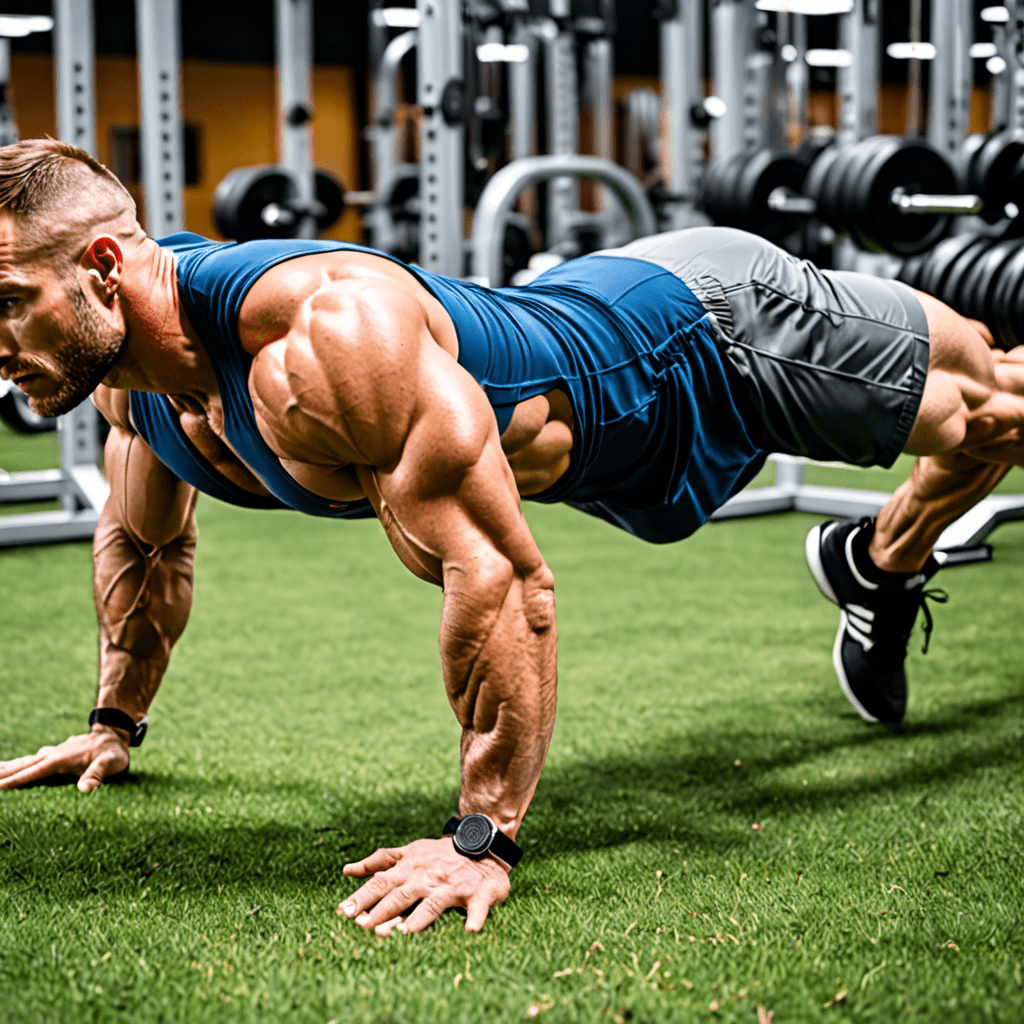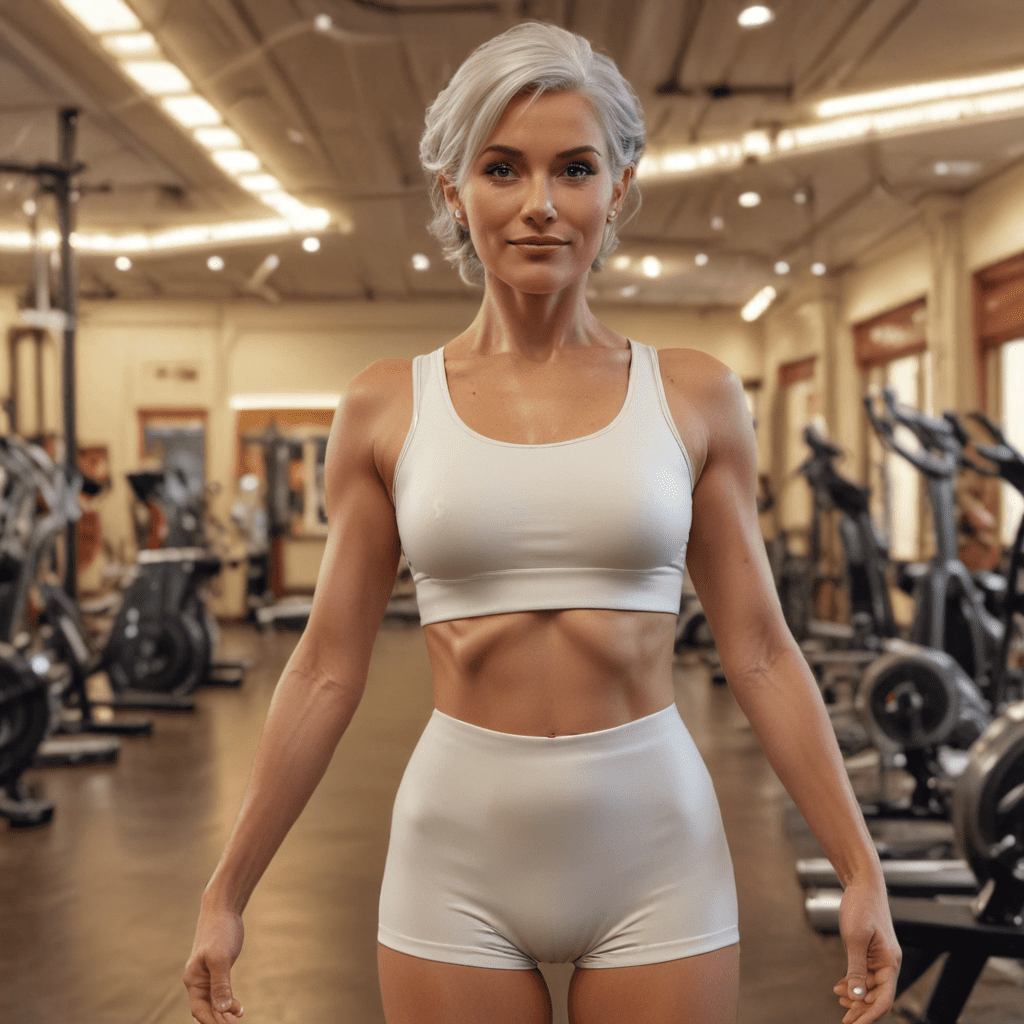
What Should Hurt After Push-Ups
Push-ups are an excellent exercise for building upper body strength, but if you’re new to them, you might wonder what should hurt after doing push-ups. Understanding the effects it has on your body can help you gauge your progress and make adjustments to your workout routine.
Understanding Muscle Engagement
After a set of push-ups, it’s normal to feel a burn in the chest, shoulders, and triceps. These are the primary muscle groups being targeted during the exercise. If you feel soreness in these areas, it indicates that you are effectively engaging these muscles.
Core Stability
Push-ups also require the engagement of your core muscles for stability. If your abdominals and lower back feel fatigued after push-ups, it’s a sign that you are maintaining proper core activation during the exercise.
Joint Discomfort
While some muscle discomfort is expected, push-ups should not cause pain in your joints. If you experience joint pain in your wrists, elbows, or shoulders, it may indicate improper form or overuse. Take a break and reassess your technique to prevent injury.
Gradual Progression
As you continue to perform push-ups regularly, the initial soreness and discomfort may lessen as your muscles adapt and grow stronger. However, it’s essential to continuously challenge yourself by increasing the difficulty of the push-up variations to keep making progress.
Recovery and Rest
After a challenging push-up session, it’s normal to feel overall fatigue and muscle soreness. Giving your body adequate time to rest and recover is crucial for muscle growth and repair. If the discomfort hinders your daily activities or persists for an extended period, it’s advisable to seek professional guidance to avoid potential overtraining or injury.
FAQ
Q: Can push-ups help build muscle?
A: Yes, push-ups are a great bodyweight exercise that can effectively strengthen and build muscles in the chest, shoulders, triceps, and core when performed correctly and consistently.
Q: How often should I do push-ups?
A: It’s recommended to include push-ups in your workout routine 2-3 times per week, allowing for adequate rest in between sessions to promote muscle recovery and growth.
Q: Are there alternatives to traditional push-ups?
A: Yes, there are various push-up variations, such as incline or decline push-ups, diamond push-ups, and plyometric push-ups, which allow for different levels of difficulty and target specific muscle groups.

